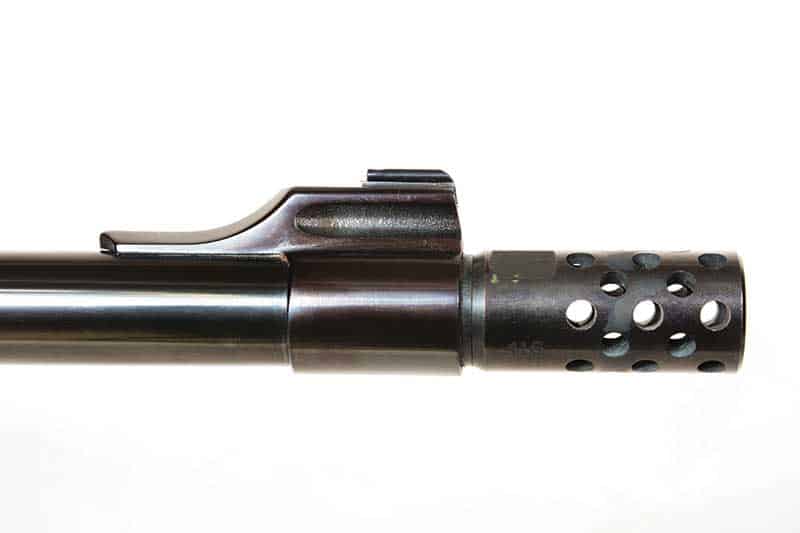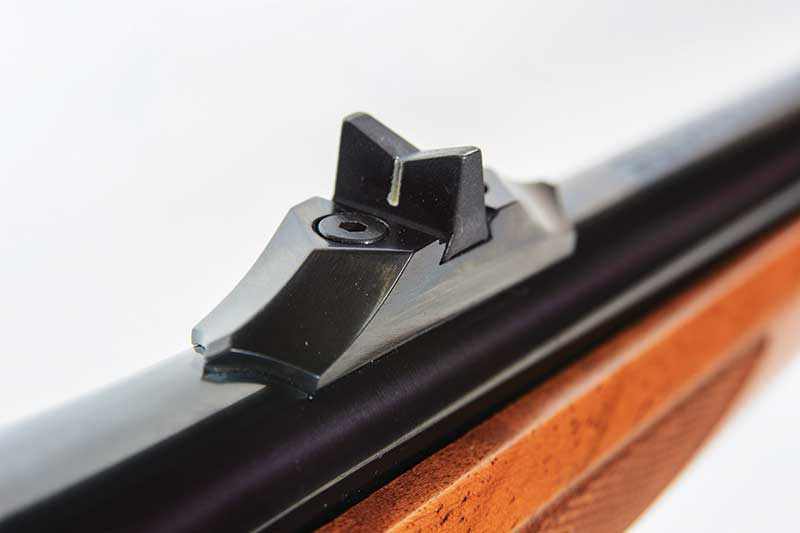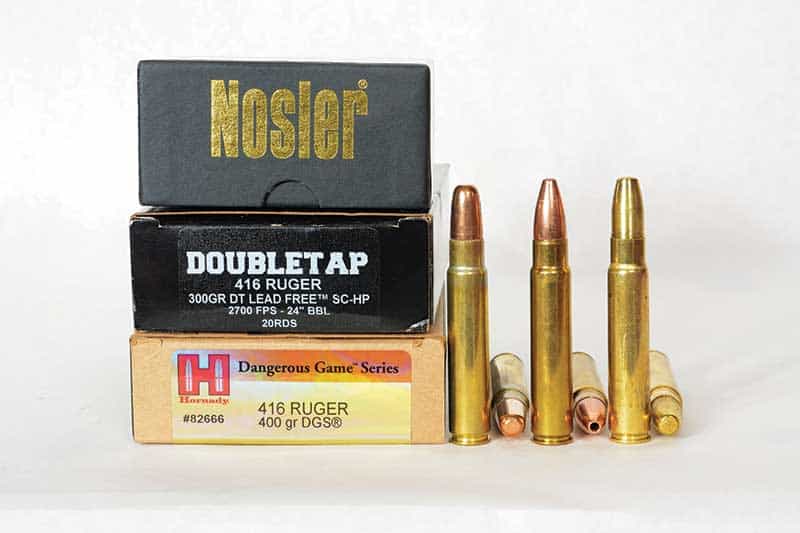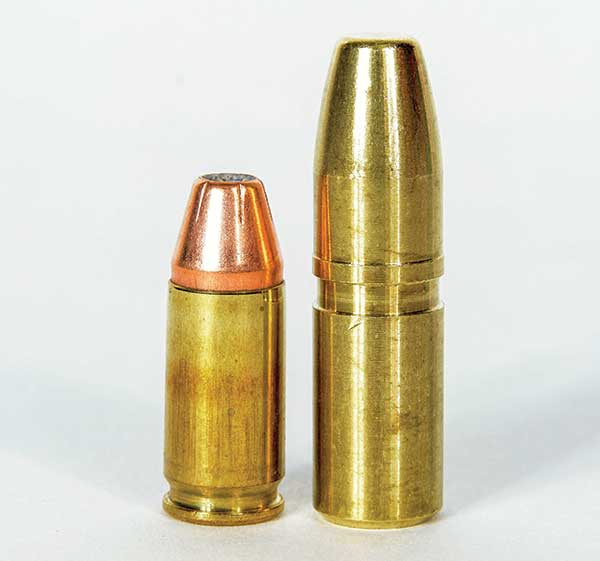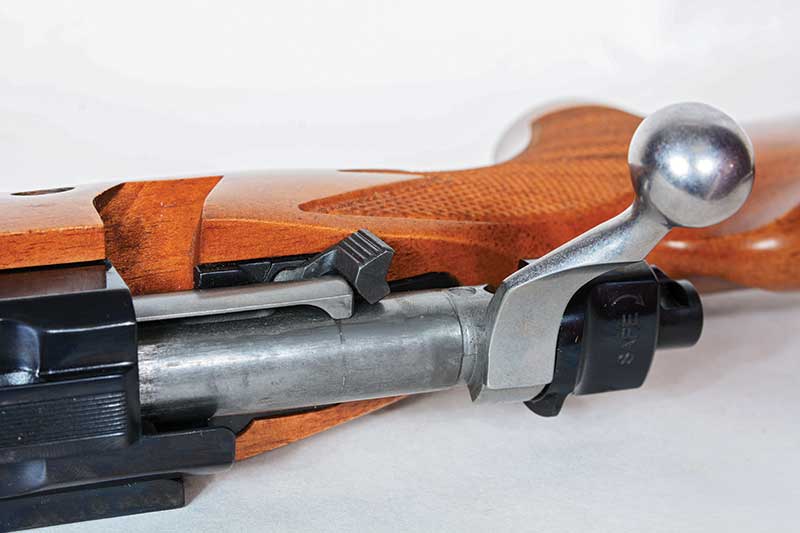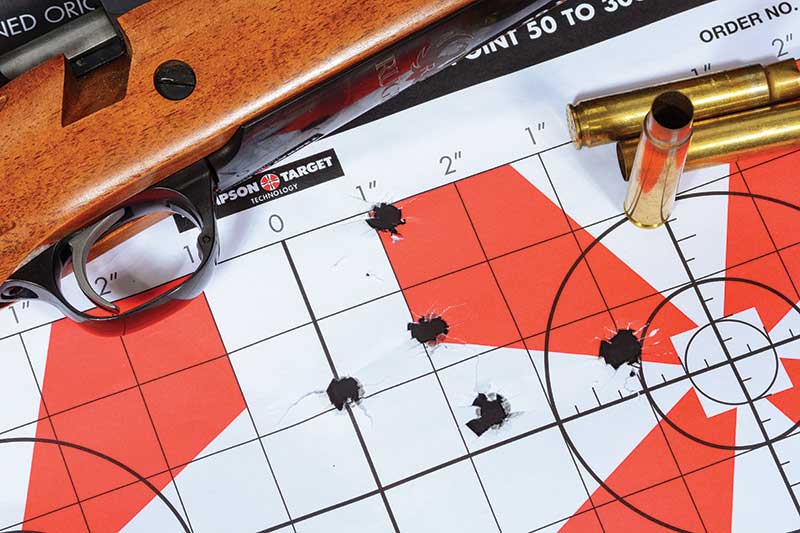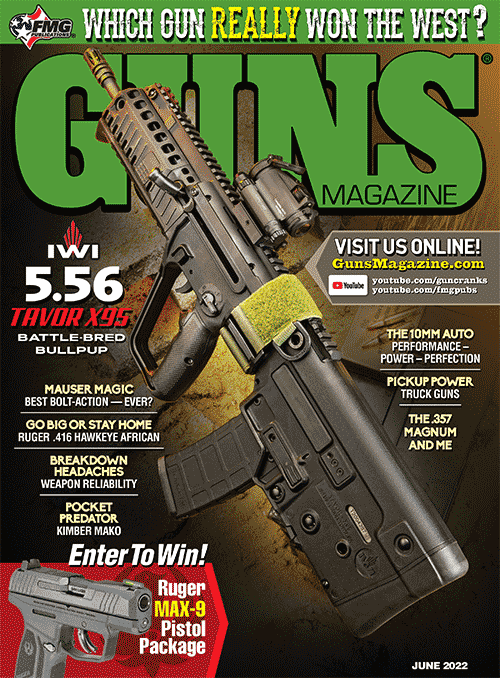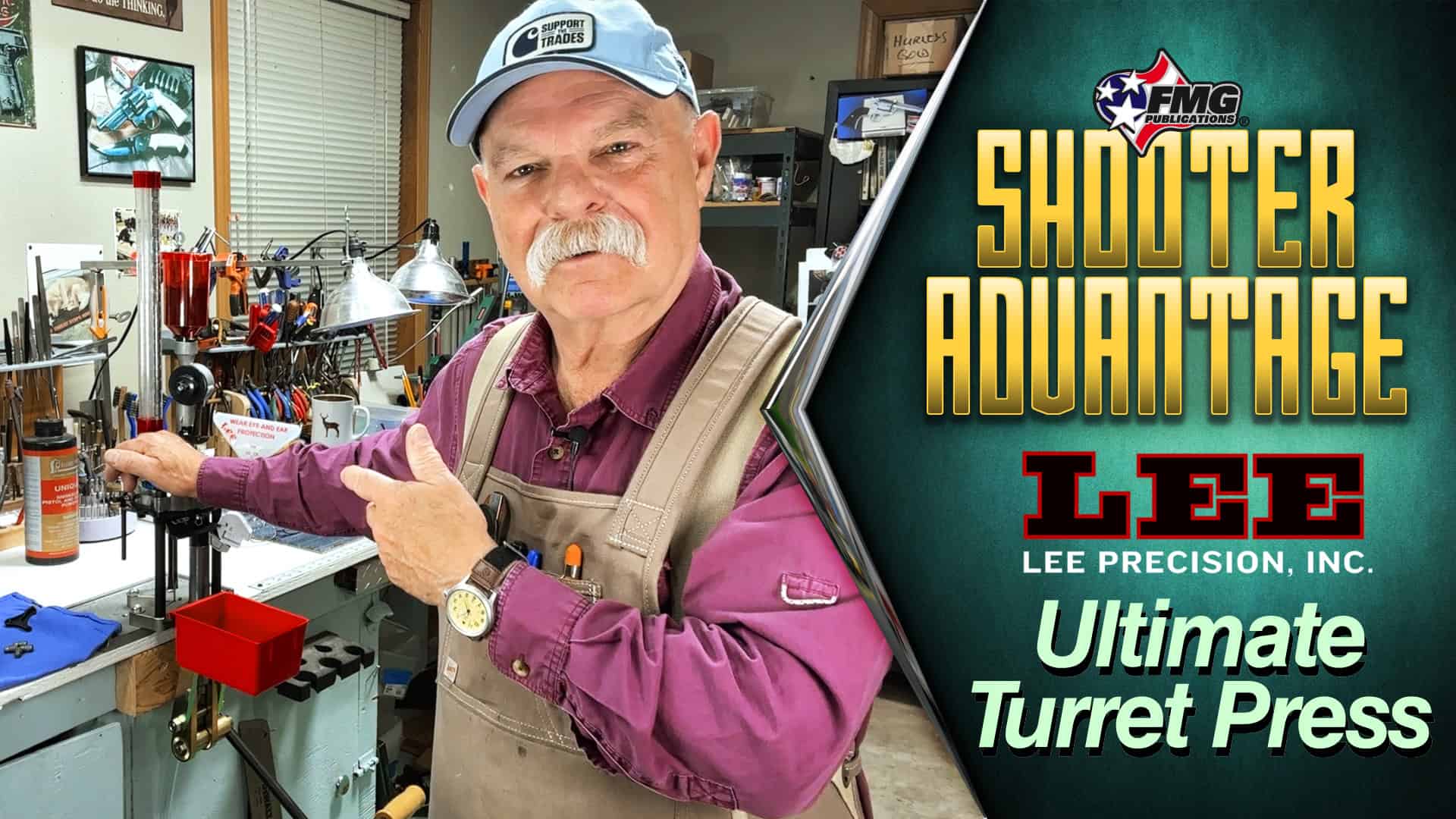Ruger .416 Hawkeye African
Big Band For Your Buck
While we may think of other models first — like their industry standard 10/22, Mark IV rimfires or the popular Vaquero series — Ruger is no stranger to Africa and African rifles. Founder Bill Ruger took Africa’s vaunted Big Five in the late 1950s on safari in Kenya where he met Charles Askins, Jr., and spent time with George Adamson of Born Free fame, from whom he even purchased a few rifles.
Adventures In Africa
During a Ugandan safari in 1960, he followed the path of W.D.M. “Karamojo” Bell, paid homage to Sir Samuel Baker and visited the Tsavo bridge of Ghost and the Darkness fame. Unsurprisingly, it wasn’t long until his gun company began producing safari rifles, starting in 1966 with the Number 1 single shot, available in .375 H&H, .404 Jeffrey, .416 Rigby and .458 Winchester Magnum. Ruger’s bolt action M77 Magnum, complete with express sights and machined quarter rib, was introduced over 30 years ago in .375 H&H and .416 Rigby, two of the classic safari calibers for repeating rifles.
Those two calibers became the basis of a pair of Ruger rounds intended to duplicate their performance in a smaller package: the .375 and .416 Ruger. By keeping the same Magnum-type case head diameter of the .375 — the first of the belted magnums — but eschewing the belt in place of a wider cartridge case ahead of the rim, the Ruger cartridges are short enough to be run through a standard long action. The rifles can be lighter and the shorter bolt throw less likely to be short-stroked under stress, something to think about when shooting the fanged. While some loads put the .416 Ruger just a click below the Rigby, no Cape Buffalo shot with it is likely to notice the difference. It still handily breaks the 5,000 foot pounds of energy threshold that elephant hunter John “Pondoro” Taylor considered the standard for seriously dangerous game.
Specs
The Hawkeye African shares the same elegant homage to express rifle conventions with a black ebony forend tip, twin stock crossbolts, single-leaf rear express sights matched with a white bead front mounted on a barrel-band style base and a barrel-mounted sling swivel, a not-so-subtle warning this sucker is gonna kick you.
For those who are comfortable with dragging a sling swivel through their left palm, a swivel can be readily added to the supplied hole in the forend. The threaded muzzle is crowned with a radially ported brake. Removable with an AR wrench, it can be replaced with the included solid barrel weight (intended to keep the same point of impact) or thread protector for those who like their shoulders less than I do.
Magazine capacity is three-plus-one, with the externally activated floorplate release introduced on the M77 Mark II. The prettier early one was easier to accidentally activate, and it’s hard to pick up loose cartridges when you’re being stomped on.
Proper Feeding
While the Hawkeye is described as a controlled round feed — and the cartridge does appear to snap upwards from the magazine directly under the extractor — the Hawkeye test rifle would readily load a cartridge dropped into the breech, with the full length extractor snapping over the rim as the bolt went home. One of the classic rifle debates is controlled feed, where the cartridge rises from the magazine onto the breech face, captured at all times by the extractor versus push feed, where the cartridge pops up ahead of the extractor which snaps over the rim as the rounds goes forward. While controlled feed is believed to be reliable under more circumstances, push feed can be more readily reloaded because it eliminates the need to snap the round into the magazine before driving the bolt home — the gun can be “road loaded” like a pump shotgun or lever gun. Functionally, the Hawkeye seems to be a bit of a hybrid between the two action styles.
In the course of shooting some 120 or so rounds through the Hawkeye — an eternity of use for most hard-kicking rifles — I had exactly one feed issue when I was rapid-firing it and a round took a couple extra shoves on the bolt handle to go home. Everything else fed flawlessly and the gun developed a distinct smoothness in operation where the bolt seems to go home effortlessly with no sense of change in direction when the handle rotates. The trigger broke crisply at 4 lbs., 2.5 oz. on my Lyman scale with zero discernible creep.
Safety In Mind
The Winchester-style safety has three positions: “fire,” a safe position locking the bolt handle closed and one in between that keeps the gun from firing but allows the bolt to be cycled to load/unload safely. The only complaint I have about the Hawkeye is it’s possible to accidentally bump the safety lever while opening the bolt so it snaps backward against the bolt between the front of the cocking assembly and the rear of the extractor, tying up the bolt out of battery.
No reasonable amount of force will dislodge it — it must be manually flipped back to “fire” in order to move the bolt. I did this by accident early on with the .416, though in fairness in shooting fast-moving rifle courses at Gunsite with a similarly equipped Ruger rifle, I did not have the same problem. Since this is a rifle for dangerous game, though, you’d be well-advised to train carefully to avoid this problem or have a gunsmith add a bevel to either the safety/cocking assembly/extractor so the safety will simply pop back out of the way when the bolt is pulled or pushed.
The rifle weighs a svelte 7.8 lbs. and feels slightly barrel heavy. A guide gun version of the Hawkeye has a 20″ barrel that’s 3″ shorter than the African. The lightness is helpful when carrying the gun all day, less pleasant if shooting all day, but that’s a fair tradeoff for a hunting gun. The muzzle brake helps — lean into it and press the trigger until the world explodes, followed a split second later by the muzzle blast washing over you. Plugs and muffs are a good idea. Removing the brake, which your intrepid correspondent did so all your questions may be answered, results in a notably more savage punch.
Like all Rugers, the receiver is machined to accept scope rings and comes with 1″ rings, which I replaced with 30mm for the Swarovski Z6i 1-6x24L scope. Dwight Van Brunt of Sportman’s Legacy, an experienced African hunter, told me this is the best dangerous game scope he’d ever used. Like many of the popular MSR optics, the Z6i combines 1-6x magnification with a brilliant central dot for both distance and the up-close-and-nasty work that’s part and parcel of dangerous game work. The dot is powered by a CR2032 battery, with a spare held inside the right side cap and has both night and daytime settings. To maximize battery life, it turns off if the gun is tilted more than 70 degrees off horizontal or rotated more than 30 degrees vertically. The controls are intuitive, the bold reticle quick to acquire and the optics shockingly crisp.
Range Time
I shot the Hawkeye with factory 400-grain solids from Hornady, 300-grain Barnes TSX hollow points from Double-Tap and handloads assembled with 400-grain Nosler bullets over their recommended charge of Hodgdon Varget. All rounds performed as expected, which means they both hit and kicked.
Recoil is integral with express rifles and has an expected effect on accuracy as the tender flesh behind the trigger has a hard time holding still knowing it’s about to get punched. From prone I managed a 3″ five-shot group at 100 yards using the scope and about 3.8″ using the express sights with three of those going into a sub-1″ triangle. Not the fractional-MOA I’d expect from a heavy target rifle, but definitely minute of lion. I also broke some clay pigeons on the 100-yard berm from a standing rest which was spectacular fun.
Not all of us will get to hunt in Africa, or need a buffalo-flattening rifle for hunting here. Those who do, though, including the folks in the Alaska and the parts of the West where the big bears play, need one very badly and the Hawkeye performs exactly as you’d expect, at a price far below most safari rifles. Just watch that safety.
MSRP: $1,569


